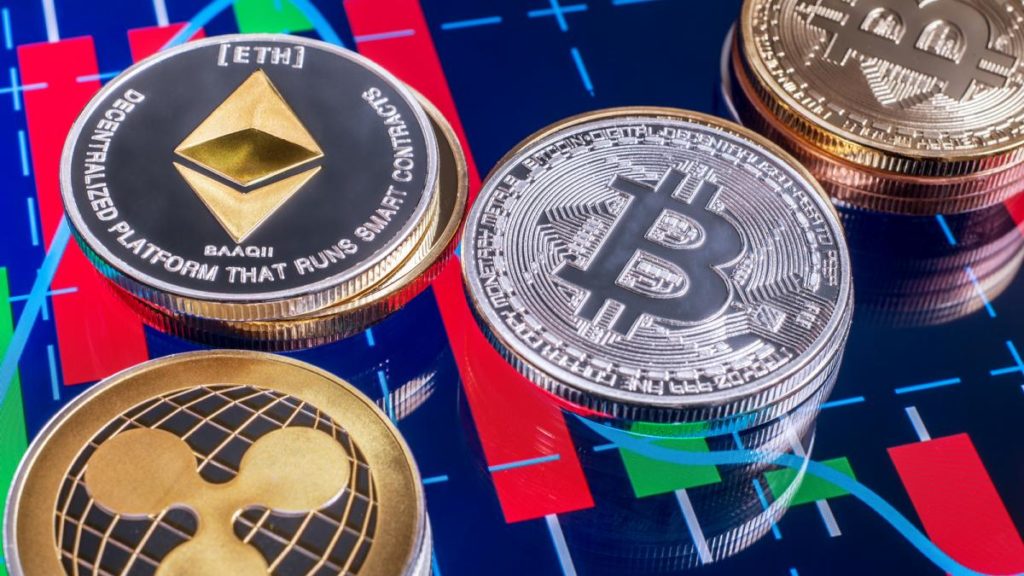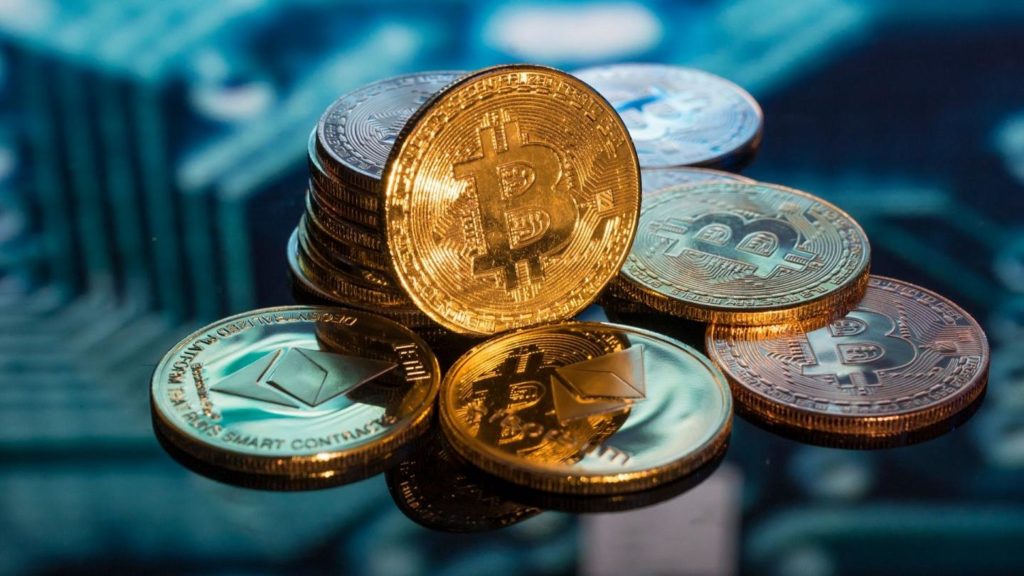Stable coins are coming, and they’re here to stay. With the recent crash of Terra (TRX) and its $1.4 billion market cap, a lot of people have become jaded about the future of stable coins and decentralized applications (DApps) in general. But don’t let this scare you off, there is still hope!
The truth is that stable coins can change everything in terms of how we think about money and value. They will allow us to do things like a hedge against inflation or deflation. That means they offer an alternative haven for those looking to protect their assets against financial crisis or loss.
The Next Steps for Stable Coins
Sharpen security and privacy measures. Stable coins will need to be able to withstand any attacks or hacks that may occur, while also ensuring that their users’ information is kept safe.
Develop new financial products. These are needed so that the community can experiment with new use cases for stable coins. They can act as an incubator for growth in this space. This includes finding new ways to create a platform where developers can build on top of existing technologies like Ethereum or Hashgraph to create a network effect around what they offer users.
Improve liquidity of existing products (e.g., Terra). Each coin should have enough liquidity to trade on cryptocurrency markets. It can maintain cryptocurrency value when being used as currency. It can be for buying groceries at your local grocery store or paying your phone bill every month! It would also be helpful if there were more exchanges where people could buy/sell these types of assets in exchange for other cryptocurrencies (e.g., Bitcoin).
Sharpen Security and Privacy Measures
This is an area that most decentralized apps and blockchain protocols should be working on, but it appears that many don’t.
Many developers are not considering this at all. They think they can provide a secure, private, and efficient solution to their users without having to do any extra work.
This is simply not true. Unless you want your users’ funds stolen or their identities stolen, you will have to take steps toward making sure their data is protected.
The problem with security and privacy measures in crypto right now is that they’re often built into the protocol itself. These protocols are very public! That means anyone who wants access has access. Hackers can see everything there is about how these systems work and what vulnerabilities exist in them before even trying anything malicious.
Develop New Financial Products
The crash of Terra and its impact on the price of stable coins can be viewed as a gift to the cryptocurrency community. The crash has opened up new opportunities for innovation in financial products built around stable coins.
Stable coins could be used as collateral for loans. A borrower would pledge his/her stable coin holdings as collateral. That would give him/her access to more money than he/she could afford otherwise. Banks could have stable coin deposits that serve as a sort of reserve balance. That allows them to make more loans than they otherwise would be able to do with their current capital requirements alone.
Stable coins could also provide an alternative store of value for investors who do not want their wealth tied up directly in stocks or bonds. They still need a reliable way to invest their funds safely over long periods without incurring risk from market volatility (for example, retirees).
Stable coin markets are also likely going to see increased activity during periods when traditional markets are underperforming. It is because investors will want somewhere safe where they can park funds until better opportunities arise elsewhere.
This too should boost demand for them among all types of investors seeking stability during times when other markets might falter badly enough that no one wants anything else at all!
Improve Liquidity of Existing Products
Liquidity is the ability to convert an asset into cash at a reasonable price. Lack of liquidity is a big problem for stablecoins, as it prevents them from being used by many people. However, there are ways of improving it:
- Increase the number of exchanges that trade stablecoins. This will allow users to buy and sell stable coins with ease and speed, which will increase liquidity in the market.
- Create new financial products based on stable coins (such as smart contracts). That can make these products more popular among investors who do not have access to traditional banking systems.
Quantify User Needs
Once you’ve identified the market and have a good understanding of its needs, it’s time to quantify them. To do this, you must determine what success means for your product. This can be achieved by defining a single goal that everyone in your organization knows and understands.
The most common way to do this is by creating a short-term goal for each individual in the team. That aligns with the overall company goals (also known as SMART goals).
By setting clear benchmarks, metrics, and deadlines for success, your employees will be able to work towards achieving their objectives. While also contributing towards overall progress on projects related to your core business model or brand identity.
Conclusion
And so, the future of stablecoins is a mystery. By now, you may have realized that this article is not so much about the price of stablecoins as it is about their value. The primary goal of Terra was to create an asset with inherent value. There’s still some debate over whether or not that has been achieved.
If you look at history and see what happens when people create assets with no inherent value (like fiat currency), then yes the future of stablecoins is bright! If you look at history and see what happens when people create assets with no inherent value (like fiat currency), then no.
The future of stable coins is bleak! It all depends on how we choose to think about things in terms of perspective. If we want something badly enough then we will find a way for that thing to exist. If we don’t want something badly enough then even if it does exist it will never make any sense for anyone else either.


